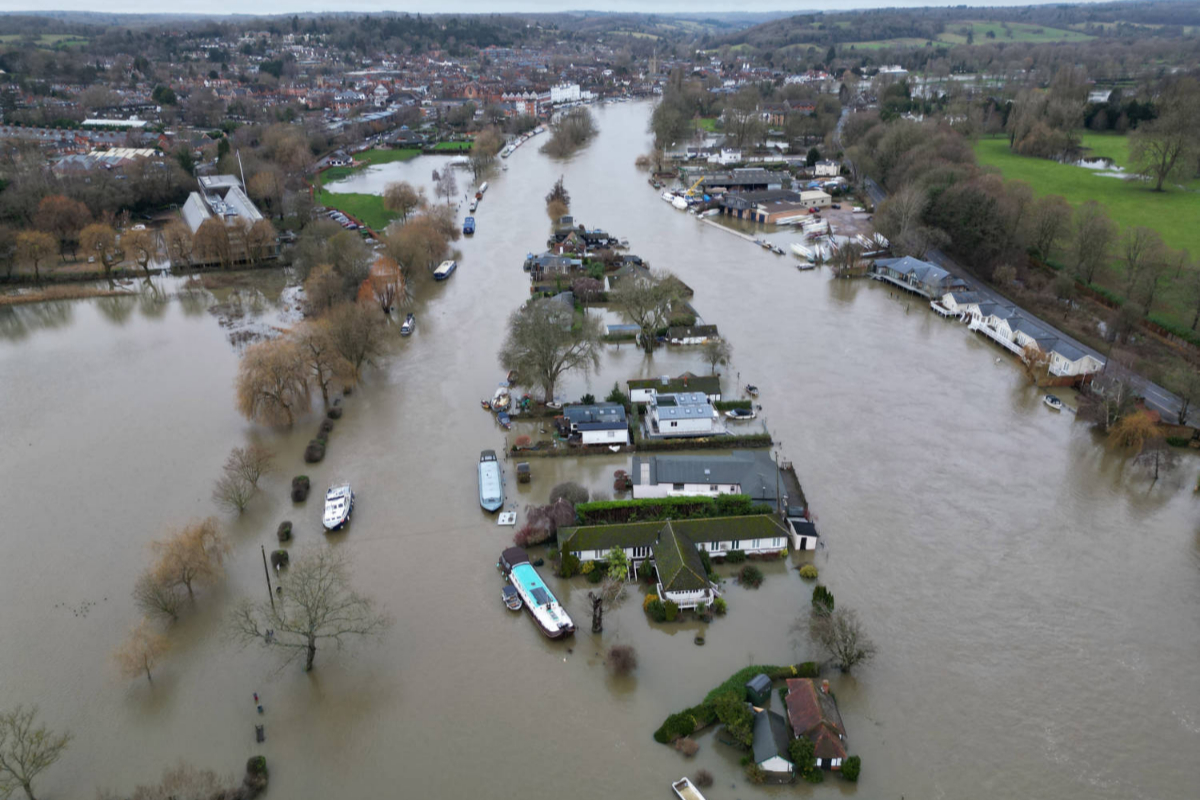Search and rescue teams in Nepal’s capital combed through destroyed homes on Monday after monsoon floodwaters receded, which have claimed at least 192 lives across the Himalayan nation.
Monsoon floods and landslides are common in South Asia between June and September, but experts warn that climate change is exacerbating their severity.
Kathmandu experienced its heaviest rainfall in over 20 years, submerging entire neighborhoods and cutting the capital off from the rest of the country as landslides blocked highways.
“Our primary focus is search and rescue, including those stranded on highways,” said home ministry spokesperson Rishi Ram Tiwari in an interview.
“192 people have been confirmed dead, and 31 are still missing,” he added.
At least 35 victims were buried alive when a landslide crashed into vehicles on a highway south of Kathmandu, according to Nepal Police spokesperson Dan Bahadur Karki.
Rescuers, wearing knee-high boots, worked with shovels to clear mud from the hardest-hit riverside areas in Kathmandu, many of which were unplanned slum settlements.
The International Centre for Integrated Mountain Development, a think tank based in Nepal, noted that the disaster was worsened by uncontrolled urban development around the Bagmati River, which flows through the capital.
Nepal’s army reported rescuing over 4,000 people, using helicopters, boats, and rafts to evacuate stranded residents.
Bulldozers were deployed to clear debris from nearly two dozen blocked sections of major highways leading into Kathmandu.

















